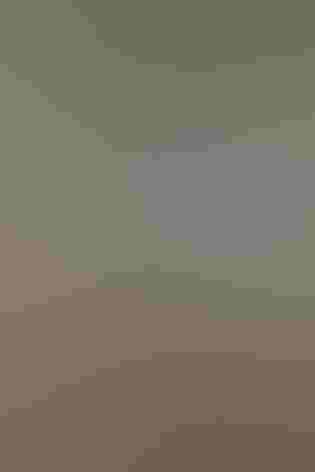American Robin
At a Glance
A very familiar bird over most of North America, running and hopping on lawns with upright stance, often nesting on porches and windowsills. The Robin's rich caroling is among the earliest bird songs heard at dawn in spring and summer, often beginning just before first light. In fall and winter, robins may gather by the hundreds in roaming flocks, concentrating at sources of food.
All bird guide text and rangemaps adapted from Lives of North American Birds by Kenn Kaufman© 1996, used by permission of Houghton Mifflin Harcourt Publishing Company. All rights reserved.
Category
Perching Birds, Thrushes
Conservation
Low Concern
Habitat
Arroyos and Canyons, Coasts and Shorelines, Desert and Arid Habitats, Fields, Meadows, and Grasslands, Forests and Woodlands, Freshwater Wetlands, High Mountains, Tundra and Boreal Habitats, Urban and Suburban Habitats
Region
Alaska and The North, California, Eastern Canada, Florida, Great Lakes, Mid Atlantic, New England, Northwest, Plains, Rocky Mountains, Southeast, Southwest, Texas, Western Canada
Behavior
Direct Flight, Running
Population
370.000.000
Range & Identification
Migration & Range Maps
Migrates in flocks, often by day. Although some robins winter as far north as Canada, they are in localized concentrations then. With the breakup of flocks prior to the nesting season, when northerners see their "first robin of spring," it may be a bird that has wintered only a few miles away, not one that has just arrived from southern climates. To the south, winter range is highly variable from year to year, depending on local food supplies.
Description
10" (25 cm). Brick-red chest, gray back, streaks on white chin. Small white spots around eyes and (usually) on tail corners. Male usually has blacker head, slightly richer colors than female. Juvenile can be confusing at first: heavily spotted below, mottled on back, pale marks on face. Look for reddish tinge on chest.
Size
About the size of a Crow, About the size of a Robin
Color
Black, Brown, Orange, Red, Yellow
Wing Shape
Pointed
Tail Shape
Rounded, Square-tipped
Songs and Calls
Song is a series of rich caroling notes, rising and falling in pitch: cheer-up, cheerily, cheer-up, cheerily.
Call Pattern
Flat, Undulating
Call Type
Chirp/Chip, Flute, Whistle
Habitat
Cities, towns, lawns, farmland, forests; in winter, berry-bearing trees. Over most of continent, summers wherever there are trees for nest sites and mud for nest material. In arid southwest, summers mainly in coniferous forest in mountains, rarely in well-watered lowland suburbs. In winter, flocks gather in wooded areas where trees or shrubs have good crops of berries.
Sign up for Audubon's newsletter to learn more about birds like the American Robin
Behavior
Eggs
Usually 4, sometimes 3-7. Pale blue or "robin's-egg blue." Incubation by female, 12-14 days.
Young
Both parents feed young, though female does more. Parents very aggressive in defense of nest. Young leave the nest about 14-16 days after hatching. Male may tend the fledged young while female begins second nesting attempt. 2 broods per season, sometimes 3.
Feeding Behavior
Does much foraging on the ground, running and pausing on open lawns; apparently locates earthworms by sight (not, as had been suggested, by hearing them move underground). When not nesting, usually forages in flocks.
Diet
Mostly insects, berries, earthworms. In early summer, insects make up majority of diet; also feeds on many earthworms, snails, spiders, other invertebrates. Feeds heavily on fruit, especially in winter (fruit accounts for perhaps 60% of diet year-round); mainly wild berries, also some cultivated fruits. Young are fed mostly on insects and earthworms.
Nesting
Males arrive before females on nesting grounds and defend territories by singing, sometimes by fighting. In early stages of courtship, female may be actively pursued by one or several males. Nest: Female does most of nest building with some help from male. Site on horizontal branch of tree or shrub, usually 5-25' above ground, rarely on ground or up to 70' high; also nests on ledges of houses, barns, bridges. Nest is a cup of grasses, twigs, debris, worked into solid foundation of mud, lined with fine grasses and plant fibers.
Climate Vulnerability
Conservation Status
Abundant and widespread. Because it is so familiar and occurs around places where humans live, it sometimes serves as an early warning of environmental problems, such as overuse of pesticides.
Climate Threats Facing the American Robin
Choose a temperature scenario below to see which threats will affect this species as warming increases. The same climate change-driven threats that put birds at risk will affect other wildlife and people, too.








